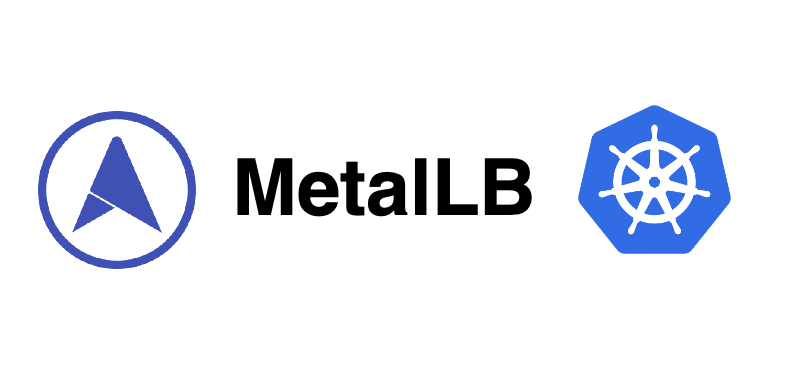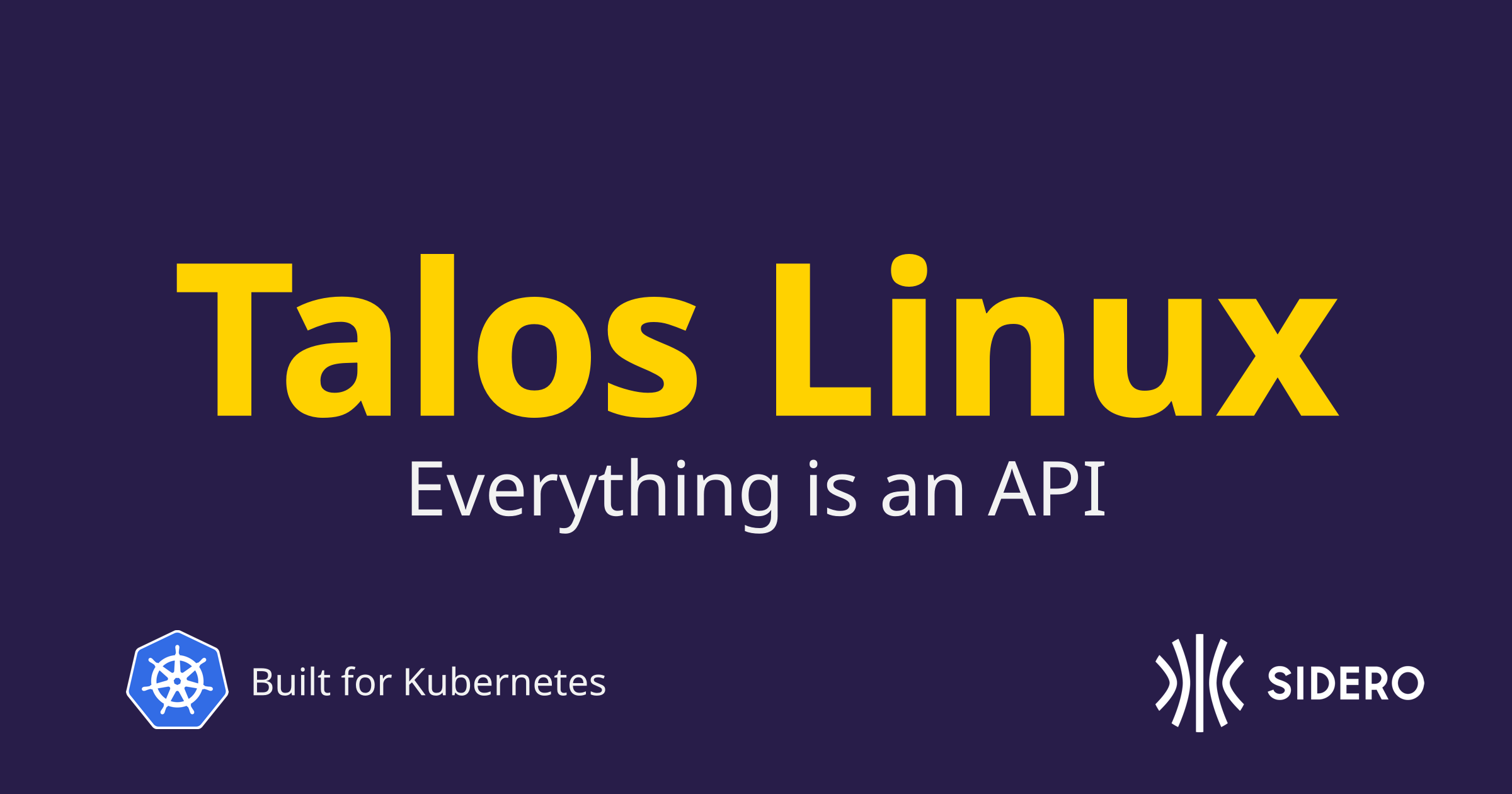MetalLB: A Load Balancer for Bare Metal Kubernetes Clusters
MetalLB has quickly become a vital tool for organizations running Kubernetes clusters in bare-metal environments

Introduction
MetalLB has quickly become a vital tool for organizations running Kubernetes clusters in bare-metal environments. While Kubernetes itself includes powerful tools for container orchestration, the lack of native load balancing capabilities on bare-metal infrastructure left a critical gap in functionality. MetalLB addresses this gap, providing a reliable load balancer for on-premises environments where traditional cloud-based solutions aren’t viable. This article explores everything you need to know about MetalLB, from its architecture and use cases to its advantages and comparisons with other load balancing solutions.
What is MetalLB?
MetalLB is an open-source load balancer specifically designed for Kubernetes clusters running on bare-metal environments. In cloud settings, load balancers are typically provided by the cloud provider as a managed service, seamlessly integrating with Kubernetes to handle external traffic. However, when Kubernetes is deployed on physical, non-cloud infrastructure (bare metal), this functionality is missing. MetalLB fills this gap by allowing organizations to route external traffic to services within a bare-metal Kubernetes cluster, effectively serving as a load balancer that operates without relying on cloud services.
Developed as a community-driven project, MetalLB has evolved to become the go-to solution for load balancing in on-premises Kubernetes environments. Its popularity stems from the straightforward setup, effective load distribution capabilities, and support for both Layer 2 (L2) and Border Gateway Protocol (BGP) modes of operation, which allow it to adapt to a wide range of network configurations.
Why Was MetalLB Created?
The creation of MetalLB was driven by a unique challenge in Kubernetes environments. While Kubernetes offers an abstraction for managing containerized applications, it lacks built-in load balancing for non-cloud or on-premises deployments. Cloud-based Kubernetes clusters benefit from proprietary load balancing solutions provided by cloud providers, like AWS’s Elastic Load Balancer or Google’s Cloud Load Balancer. These solutions are deeply integrated with the respective cloud infrastructure, making load balancing a seamless part of the deployment process.
However, for organizations deploying Kubernetes on bare-metal servers in private data centers, these cloud-native solutions are not an option. The need for a robust, Kubernetes-compatible load balancing tool that could work independently of cloud services led to the development of MetalLB. By bridging this gap, MetalLB allows bare-metal environments to take advantage of load balancing, enabling traffic distribution across multiple pods and nodes, which is essential for scalability, resilience, and efficient resource utilization.
Architecture
MetalLB operates as a Kubernetes add-on, meaning it integrates directly with your existing Kubernetes cluster and works in harmony with Kubernetes networking components. Its architecture consists of two primary components: the Controller and the Speaker. The Controller is responsible for monitoring services that require external load balancing, while the Speaker announces the IP addresses assigned to services, ensuring they are reachable within the network.

MetalLB supports two modes of operation:
- Layer 2 (L2): In this mode, MetalLB announces IP addresses within a specific range, directly reachable by nodes in the same subnet. It’s suitable for smaller, simpler networks where all nodes reside in the same broadcast domain.
- Border Gateway Protocol (BGP): BGP mode is ideal for larger or more complex networks, as it integrates with external routers and allows IP address advertising beyond the local network, enabling greater flexibility in IP address management and load balancing across multiple subnets.
The flexibility of these modes allows organizations to tailor MetalLB’s configuration to fit their specific network requirements, making it a versatile solution in diverse environments. Integrating MetalLB with Kubernetes is also a straightforward process, involving configuration files to specify IP address pools, modes, and additional network parameters.
Layer 2 (L2) Mode

Layer 2 mode is the simpler and more straightforward of MetalLB’s operational modes. In this mode, MetalLB handles IP address assignment by sending ARP (Address Resolution Protocol) announcements to the local network. This means that when an IP address is assigned to a Kubernetes service, MetalLB advertises the IP address as being “owned” by a particular node in the cluster.
Here’s how it works:
- Broadcast within a Subnet: In L2 mode, the assigned IP address is only accessible within the same subnet as the nodes. This makes L2 ideal for smaller setups where the network is relatively simple, and all nodes are within the same broadcast domain.
- Single Network Requirement: L2 mode is best suited for networks where all nodes share the same Layer 2 network, such as an office or data center environment with a flat IP addressing scheme.
- Failover Management: If a node hosting a service fails, MetalLB will reassign the IP address to another node in the cluster by re-announcing the IP address on the network, ensuring continuous availability of the service.
Use Case: L2 mode is ideal for smaller, single-site deployments or simpler network topologies. It’s easier to set up, as it doesn’t require any routing configurations, and works well for Kubernetes clusters where all nodes are in the same network segment.
Border Gateway Protocol (BGP) Mode
Border Gateway Protocol mode is more sophisticated and offers multi-network support, enabling MetalLB to advertise IP addresses across different subnets or even the wider internet, depending on the configuration. In BGP mode, MetalLB uses BGP to announce the IP addresses of services directly to routers in the network, allowing for greater flexibility in IP address assignment and load balancing across different network segments.

How BGP Mode Operates:
- Route Advertisements: BGP mode works by establishing a BGP session with routers in the network. When MetalLB assigns an IP address to a service, it advertises this IP address to the routers, which then propagate the IP information across the network. This allows external traffic to reach services in a Kubernetes cluster, even if they are on different network segments.
- Cross-Network Capability: Since BGP is a protocol used by large-scale networks (like those of ISPs), it is suitable for more complex, distributed environments where Kubernetes nodes might span multiple network segments or data centers.
- Load Distribution: BGP mode allows MetalLB to spread incoming traffic across multiple nodes in the Kubernetes cluster, providing better load distribution and failover. When a node goes down, BGP reroutes traffic to the remaining nodes, ensuring minimal disruption.
Use Case: BGP mode is best suited for larger, distributed networks or data centers with advanced routing needs. It’s ideal for companies that need load balancing across subnets or want the flexibility to advertise Kubernetes service IPs directly to external routers. This setup is common in hybrid cloud environments or multi-site data centers where high availability and network redundancy are critical.
Choosing Between L2 and BGP
The choice between L2 and BGP often depends on the complexity and size of the network. L2 is simpler and quicker to implement for local networks, while BGP offers more extensive control and distribution options, ideal for more complex setups. Both modes allow MetalLB to efficiently provide load balancing on bare-metal Kubernetes clusters, adapting to a wide range of networking environments.
Benefits of Using MetalLB
MetalLB offers numerous benefits for organizations operating Kubernetes clusters on bare metal, providing a critical solution where other load balancing tools fall short. One of the primary benefits is cost efficiency. By eliminating the need for managed cloud load balancers, MetalLB allows businesses to avoid the costs associated with these services. This is especially valuable for organizations that manage large-scale clusters or operate in private data centers.
Moreover, MetalLB enhances reliability, scalability, and availability within the network. Its support for both Layer 2 and BGP modes means it can be adapted to networks of varying sizes and complexities. As a result, businesses can build highly available systems capable of handling fluctuating loads and user demands. The development agility offered by MetalLB also allows teams to work more effectively in on-premises environments, ensuring that application updates and deployments occur smoothly and with minimal downtime. Finally, the infrastructure security that MetalLB provides through BGP mode integration means that IP address advertisements can be carefully controlled, ensuring that network traffic is managed securely and efficiently.
Comparison
Comparison with Other Load Balancing Tools for Bare-Metal Kubernetes
When it comes to load balancing on bare-metal Kubernetes, several tools compete with MetalLB, including Traefik and HAProxy. Each tool has unique strengths and limitations, depending on the environment and requirements. MetalLB is generally favored for its simplicity and integration with Kubernetes, while Traefik offers more advanced features like ingress management and dynamic service discovery, making it suitable for environments requiring complex routing rules. HAProxy, on the other hand, is renowned for its high performance and configurability but may require more manual configuration compared to MetalLB.
While each tool has its place, MetalLB stands out as a lightweight, Kubernetes-native solution for bare-metal environments, designed specifically to address the unique needs of on-premises deployments without requiring extensive configuration or additional infrastructure.
MetalLB can work collaboratively with Nginx, as shown in the image below:

Comparison with Cloud-Based Load Balancing Solutions
Cloud load balancers, such as AWS ELB or Google Cloud Load Balancer, are fully managed services that integrate deeply with cloud infrastructure, providing auto-scaling, automated failover, and simplified traffic management. While these features offer substantial advantages, they come with added costs, which can quickly add up for businesses with extensive cloud workloads.
In contrast, MetalLB offers a more affordable, self-managed solution for businesses that already have their infrastructure or are focused on maintaining control over their deployments. While cloud load balancers provide higher levels of automation and ease of use, MetalLB’s manual approach is a cost-effective alternative that enables businesses to build resilient load balancing in on-premises environments.
| Feature | MetalLB | Traefik | HAProxy | Cloud Load Balancer (AWS/GCP) |
|---|---|---|---|---|
| Environment | Bare-metal Kubernetes clusters | Bare-metal & cloud-compatible | Flexible, any environment | Cloud-based only |
| Ease of Use | Simple configuration, Kubernetes-native | Moderate, requires setup for routing rules | Complex, highly customizable | Very easy, fully managed |
| Features | Basic load balancing, Layer 2 & BGP modes | Advanced routing, Ingress, service discovery | High performance, SSL termination, traffic shaping | Auto-scaling, health checks, failover |
| Cost | Free, open-source | Free or enterprise licensing | Free or enterprise licensing | Paid, depending on usage |
| Ideal Use Case | Bare-metal Kubernetes in private/hybrid environments | Complex routing needs in hybrid environments | High-traffic, customizable load balancing | Full cloud integration, automated scaling |
Use Cases
MetalLB is ideally suited for a range of use cases, particularly those involving on-premises Kubernetes deployments. For organizations with a hybrid infrastructure that combines on-premises servers with cloud resources, MetalLB offers a way to implement load balancing on bare-metal servers without requiring cloud-based services. Additionally, it’s a cost-effective solution for businesses with budget constraints, allowing them to achieve load balancing without the ongoing fees associated with managed cloud services.
Other use cases include data center environments that require high levels of customization and control over network configurations. MetalLB’s BGP mode, in particular, is highly valued in data centers where advanced routing capabilities are necessary. In these scenarios, MetalLB provides a reliable and scalable load balancing solution that can be tailored to meet specific networking requirements.
Integrating with Talos Linux
ntegrating MetalLB with Talos Linux involves setting up MetalLB in a way that complements Talos’s streamlined, secure, and Kubernetes-centric operating system. Talos Linux, built specifically for Kubernetes nodes, is stateless and immutably designed, providing a stable foundation to run MetalLB as a load balancer for bare-metal Kubernetes clusters.
In the upcoming article, we will explain how to integrate Talos Linux with Metal LB. To learn more about Talos Linux, see article below:


